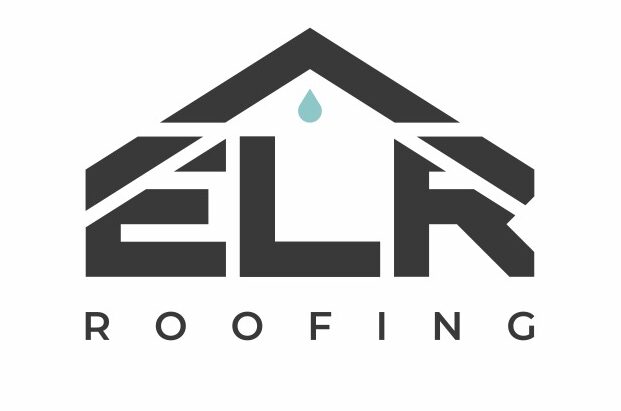Living by the coast in Victoria has its perks — ocean views, sea breezes, and a relaxed lifestyle. But it also comes with one big challenge for your home: salt-laden air. That salty breeze might be refreshing for you, but it’s relentless on building materials, especially your roof. So, how does Colorbond hold up near the water?
What This Blog Covers
We’ll walk through the unique demands of coastal living, how Colorbond performs in these conditions, and whether it’s the right choice for homes near the beach. You’ll get an honest look at both the benefits and limitations to help you make an informed decision.
Salt Air vs. Steel: Can Colorbond Compete?
✔ Pro: It’s Built to Withstand Australia’s Harshest Conditions
Colorbond was literally designed for the Aussie climate — including coastal zones. The steel is coated with a corrosion-resistant base layer and a baked-on paint finish that resists chipping and peeling, offering better long-term protection against the elements.
✔ Pro: Easy Maintenance in Windy, Sandy Areas
Coastal winds can stir up salt, sand, and debris — which means your roof needs regular rinsing. Fortunately, Colorbond doesn’t need much more than a hose down a few times a year, especially if you live within 1km of the coastline.
✔ Pro: Sleek, Modern Style Suits Coastal Architecture
Whether your place is a beach shack in Mornington or a luxury home in Portsea, Colorbond’s minimalist profile and colour palette often blend beautifully with ocean surrounds.
✘ Con: Extra Protection Needed for Very Close-to-Shore Properties
If your home is within 500m of breaking surf, you’ll need to use Colorbond Ultra, a specialised version with added corrosion resistance. Standard Colorbond may not be suitable in high-salt exposure zones.
✘ Con: Costs Can Increase for Marine-Grade Applications
Using Colorbond Ultra and stainless steel fixings can bump up your initial costs. But it’s a necessary investment for homes near open water.
✘ Con: You Still Need to Clean It Regularly
Low-maintenance doesn’t mean no maintenance. Salt build-up can still damage steel over time, so you’ll want to rinse the roof more often than inland homeowners might.
Common Questions from Coastal Homeowners
Q: How close to the beach is “too close” for standard Colorbond?
Typically, homes within 1km of breaking surf should upgrade to Colorbond Ultra. It’s worth getting a site-specific recommendation.
Q: Will Colorbond rust eventually?
Not if it’s the right grade for your location and you follow basic cleaning guidelines. Regular washing — even with just rainwater — is usually enough.
Q: Is Colorbond noisy during windy coastal storms?
Proper insulation and roofing techniques help reduce noise. Many coastal homes use sarking and ceiling insulation to keep things quiet inside.
Is It Right for Your Beachside Home?
If you’re building or re-roofing near the coast, Colorbond is absolutely worth considering — as long as you choose the correct type and install it properly. The material’s corrosion resistance, style versatility, and energy efficiency make it a standout.
For professional advice tailored to Melbourne’s coastal suburbs, reach out to the experienced team at ELR Roofing. They’ll help you select the right materials and ensure your roof is beach-ready for the long haul. Want to understand how it compares cost-wise? Here’s a breakdown of what to budget for: ColorBond roof cost.
